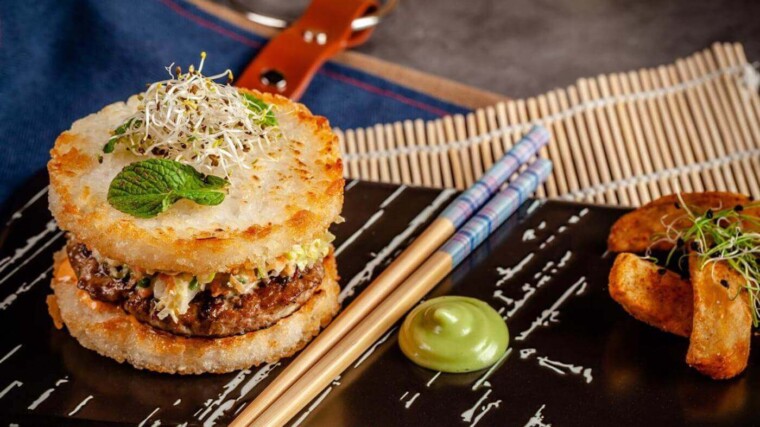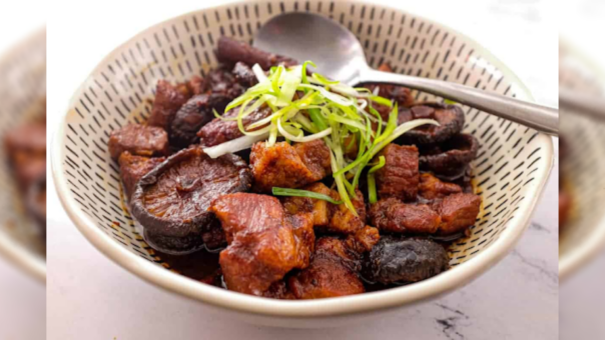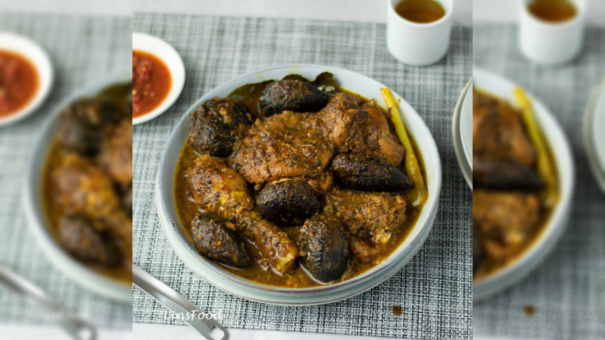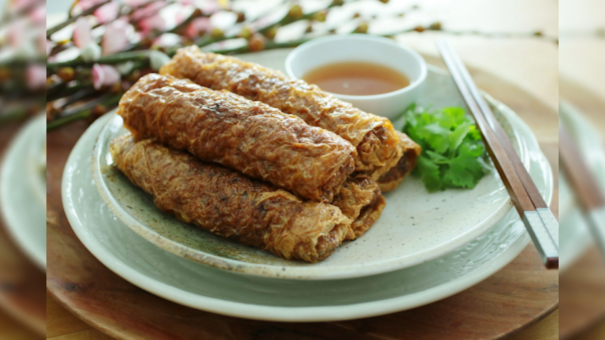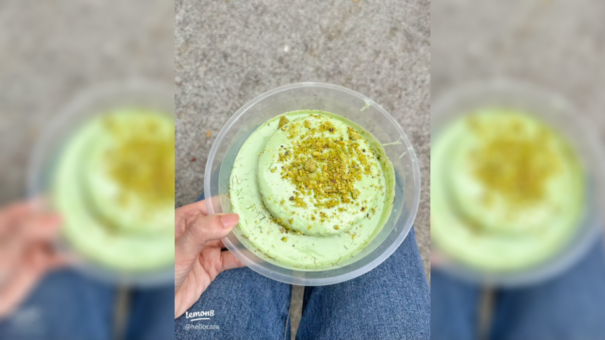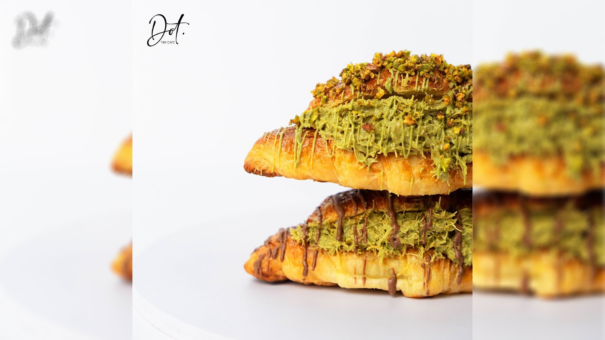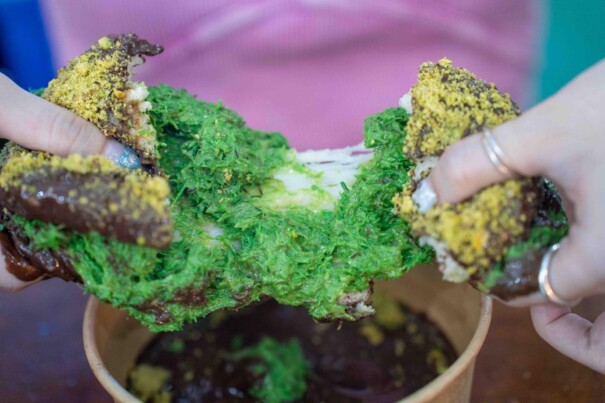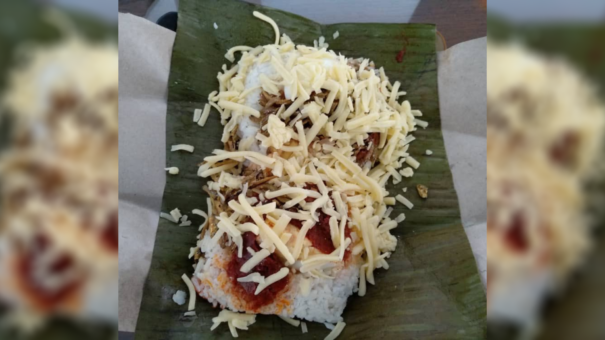Fusion food takes the cake as one of the Internet’s most debatable topics in recent times. While some are for the idea of merging techniques and traditions of various cultures into a dish, others view it as an ‘overhyped’ way for businesses to profit, a “culture vulture” in some ways. The debate on fusion food usually stems from a lack of cultural context, where inexperienced chefs or business owners combine ingredients from different cultures to create a viral piece of content for social media. Critics cite that the essence of the dish gets lost in trying to prioritise marketing over taste.
As a business hub and a melting pot of cultures, fusion food really isn’t something new to most in Singapore. In fact, one of the best cuisines available is fusion.
Peranakan cuisine blends ingredients and cooking methods of the Chinese, Malay, Indian and Eurasians. Most dishes are known for being rich and full of herbs and spices, with protein like pork and fermented soybean paste. Popular dishes include Babi Pongteh, Ayam Buah Keluak and Ngoh Hiang.
Babi Pongteh (Credit: Cook Eat World)
Ayam Buah Keluak (Credit: SingaporeanMalaysianRecipes)
Ngoh Hiang (Credit: The Meatmen)
The adaptation of traditional dishes to other cultures accurately reflects Singapore’s diverse cultural identity. These creative dishes and cuisines have brought international recognition to Singapore for its distinct culinary offerings, tourist appeal, promotion of cultural exchange, and the deep appreciation of our multicultural heritage.
“The modernity of fusion food excites me. I hope that we’re able to experiment more in Singapore – like how McDonald’s have done it with the Nasi Lemak burger.” – A, 33
Fusion food enthusiasts see it as an opportunity to highlight the elements of different cultures’ cuisines to excite and shock the taste buds. Experimenting with traditional produce and techniques gives them the ability to push the boundaries of each individual cuisine, even starting in-depth conversations on how to better enhance and elevate flavours without straying from the authenticity and significance of its origins.
A recent craze that has swept the nation was MangoBossku’s viral Crispy Kunafa. Knafeh (or more known as Kunafa) is a traditional Arabic dessert, made with the katafi pastry, soaked in a sugar-based syrup and typically layered with cheese.
Adding a local twist to the otherwise already famous dessert, Mango’s version includes a generous pour of sauces, choices ranging from red velvet, chocolate, matcha cheese and others. Said flavours keep his customers coming back for more – think snaking lines that go up to five to six hours at the inaugural Geylang Bazaar, and many other food bazaars.
Mangobossku’s Viral Crispy Pistachio Kunafa (Credit: hellocara)
A line at Mangobossku’s Crispy Kunafa Geylang Serai Ramadan Bazaar 2024 (Credit: danamic)
“Mango manages to market his Kunafa really well. He was the first to bring it to Singapore, and people would naturally benchmark others against his.” – F, 24
“It’s too sweet for me, but I understand why people like it. It’s different from the norm and it is relatively affordable, compared to the original at Arab St.” – N, 30
With social media being an integral part of our daily lives, food trends like Mango’s Crispy Kunafa have also spawned similar alternatives. Riding on the virality, other businesses have taken the opportunity to produce food items like the FIX Dessert Chocolatier’s Kunafa Chocolate Bars (at a whopping $59), Kunafa Croissant and even Kunafa Donuts. But where do we draw the line between innovation and cultural appropriation?
Kunafa Chocolate Bars (Credit: FIX Dessert Chocolatier)
Croissant Knafe (Credit: Dottiny)
Kunafa Donut (Credit: Shout.SG)
Fusion food is also at the center of discussion for the term ‘cultural appropriation’; the adoption of elements of one culture by members of another culture in a manner perceived as inappropriate or unacknowledged. The potential of losing the authenticity of a cuisine is often debated, as with the need to balance preserving traditional flavours and embracing innovation.
“Fusion food, when done well, showcases the respect for local ingredients and cooking methods. It works best when it honours the original dish and builds on its roots, rather than focusing on trying to ‘upgrade’ it with foreign techniques. Ultimately, food is an important part of our cultural identity, and it’s something that we should always protect and celebrate.” – H, 29
Ms. S, 30, shares that there are just “some dishes that do not require a cheese pull for Instagram”. For marketing purposes, we often see businesses leveraging on aesthetics, prioritising pictures for social media instead of the essence of the dish. “It takes away from the dish and makes it a one-time visit for me.”
Nasi Lemak Cheese (Credit: MetaFeeq Refantazio)
Fusion cuisine should be a harmonious blend of tradition and innovation. By respecting the cultural roots of a dish and adding a local twist, we would be able to create unique and meaningful culinary experiences for all. It extends further than a happy taste bud – fusion food also fosters dialogue and appreciation for diverse cultures.
Let’s embrace fusion food with an open mind and a desire to learn more about the history and purpose of different cuisines.
